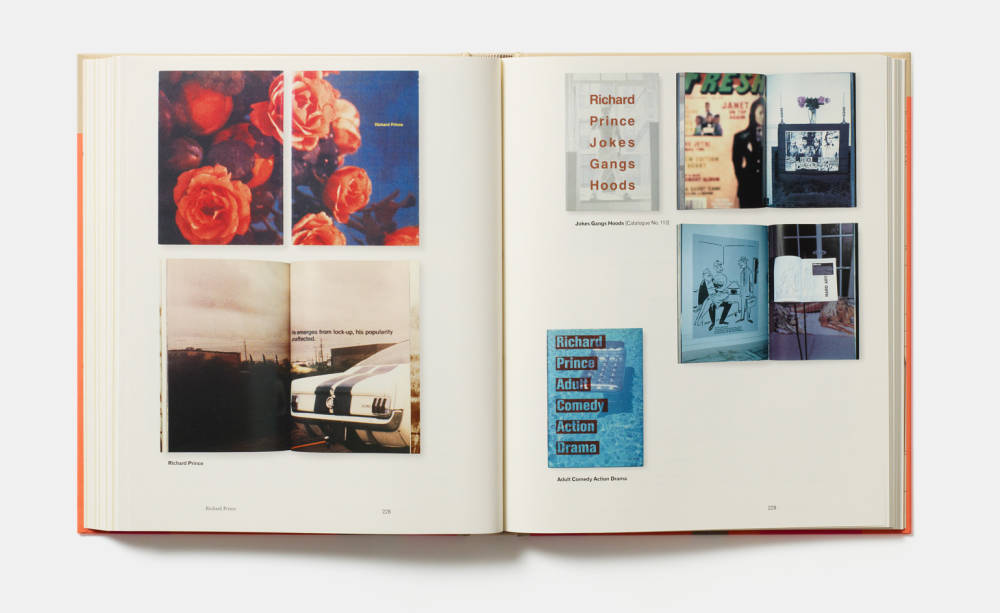
Richard Prince
Hippie Drawings, 2001
One of the most in-demand contemporary artists, Richard Prince has built his career on the exploration of appropriation. Prince’s work is world renowned and his paintings are amongst the most expensive of any living artist, with a famous Nurse painting selling for over 9 million dollars in 2016. While most art aficionados are familiar with the staples of Prince’s work —magazines, cowboys, nurses—what many don’t know is that Prince was also one of the world’s greatest bibliophiles. Collecting books, designing cover art, and even appropriating Catcher in the Rye are important pieces of who Prince is as an artist and as a person.
Prince’s own vast book collection, housed in upstate New York, covers a huge variety of first editions, manuscripts, pamphlets, and pulp. Residing in a temperature-controlled converted 1820s building in Rensselaerville, the library includes a signed first edition of Ulysses, Vladimir Nabokov’s own copy of Lolita, and Brigid Berlin’s handmade Cock Book. Prince even commissioned architect David Adjaye to design a large circular bookcase for his library. Prince originally intended his collection to be made up of American literature spanning from his birth in 1949 to 1984, but the artist’s obsession with books led to a wider and more diverse collection that Prince describes as being made up of “sex, drugs, beats, hippies, punks…and great reads.”
Richard Prince Collection
Various Versions of Lolita by Vladimir Nabokov
Richard Prince Collection
Copies of a Junkie Comic and Junkie by William Burroughs
It is no surprise that Richard Prince has gained a passion for collecting books. Much of his work derives from pulp novels, magazines, and pop culture. Many images in Prince’s body of work come directly from his collection, allowing his hobbies and work to blend together seamlessly. Prince’s famous Nurse Paintings come from scans of pulp romance novel covers, which were then transferred to canvas and further stylized with paint. The once-dull images, when placed in the hands of Prince, came alive to create works that spoke on the fetishization of femininity, servitude, and caregiving. The work’s combination of lowbrow pulp with high art come together to enthrall audiences and break sales records.
Millionaire Nurse
Pulp Romance Novel
Richard Prince
Dude Ranch Nurse, Collage
Nurse Barclay's Dilema
Pulp Romance Novel
Bamboo Ward
Pulp Romance Novel
Richard Prince
Naked Nurses, 2006
Richard Prince
Cowboys and Nurses, 2006
Another instance of taking inspiration from books, Prince used a catalogue of Willem de Kooning’s Women series for his own series, titled de Kooning. Sculpting the images into his own vision, Prince would sketch over images of the paintings with graphite and oil crayon, blending fragmented body parts with images taken from catalogues and vintage pornography, then blowing up the images onto a canvas and further morphing them. The result is an amalgamation of hybrid creatures made from a combination of photography, print, and painting that blend high art with mass media to create a work that could only belong to Prince.
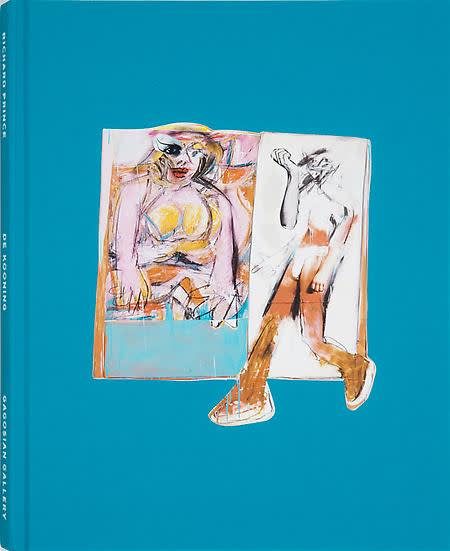
Willem de Kooning
Catalog, Inspired Richard Prince's Paintings
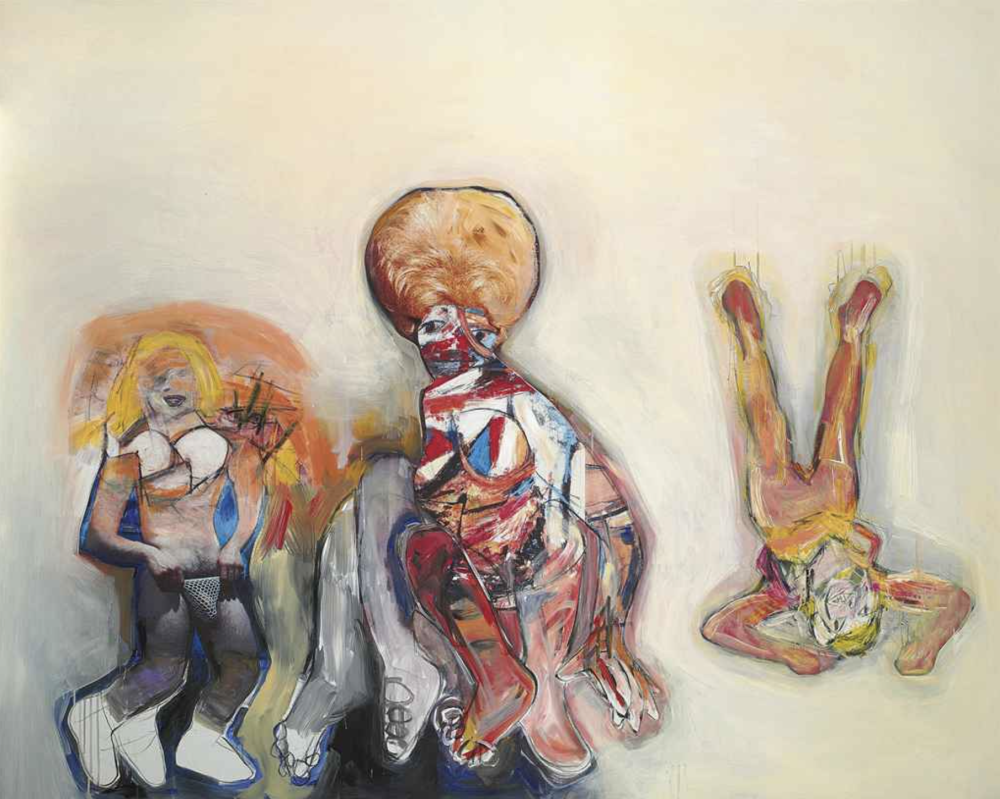
Richard Prince
Untitled (with de Kooning), 2006
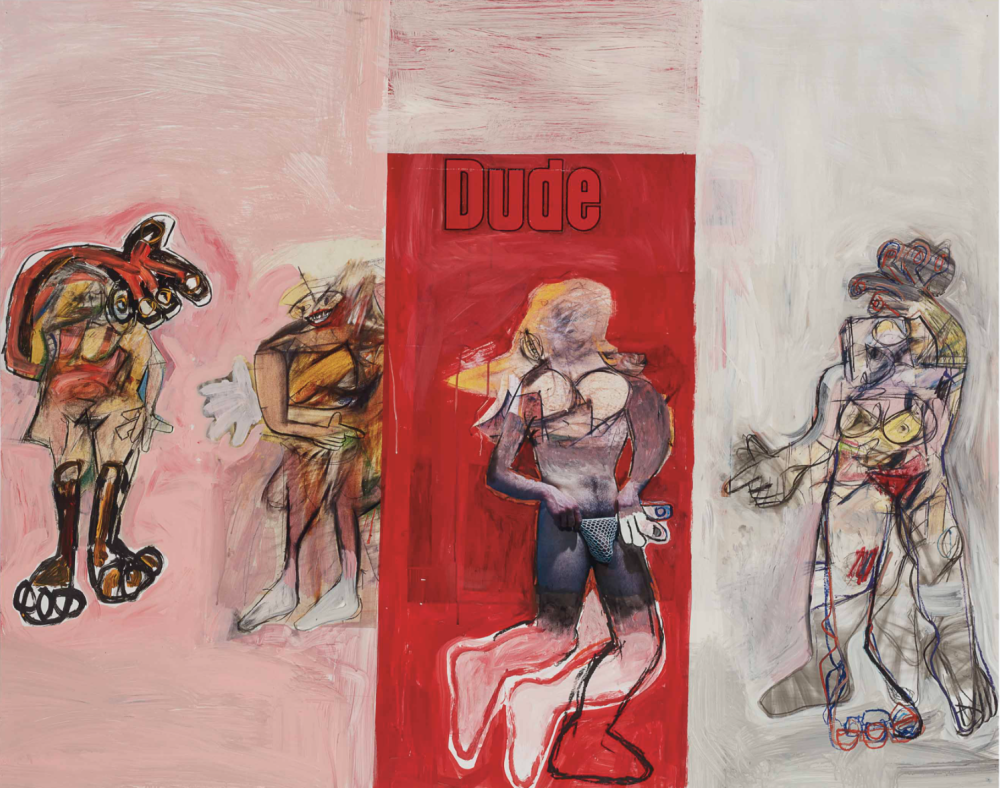
Richard Prince
Untitled (de Kooning), 2006
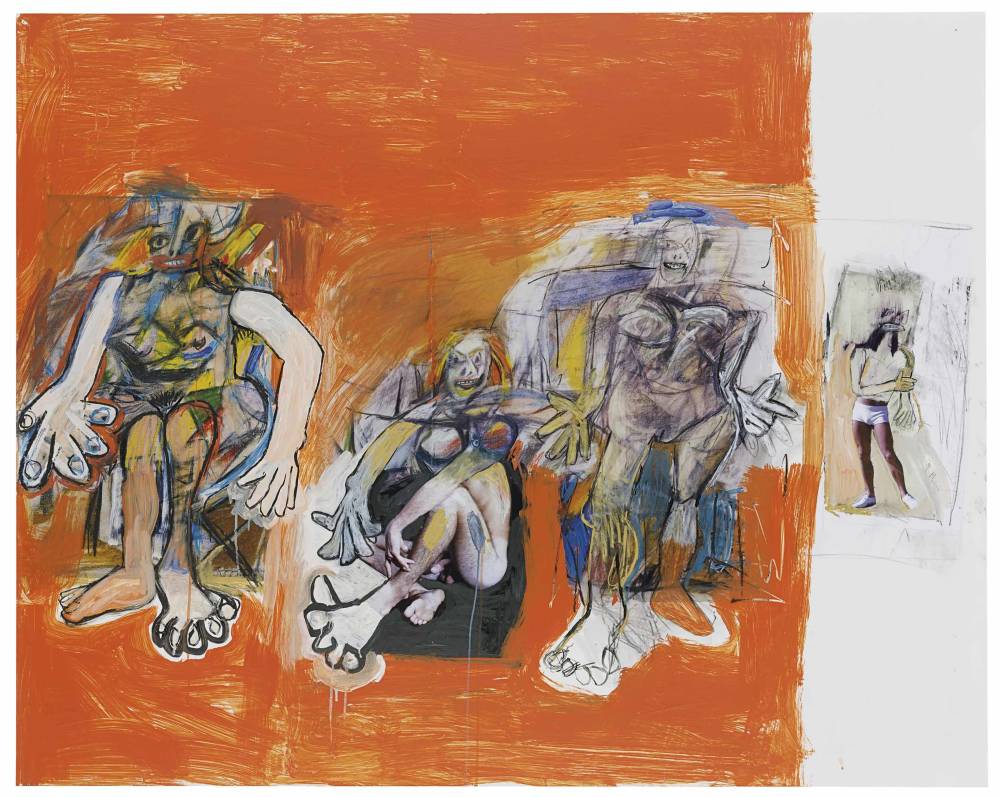
Richard Prince
Untitled (with de Kooning), 2006
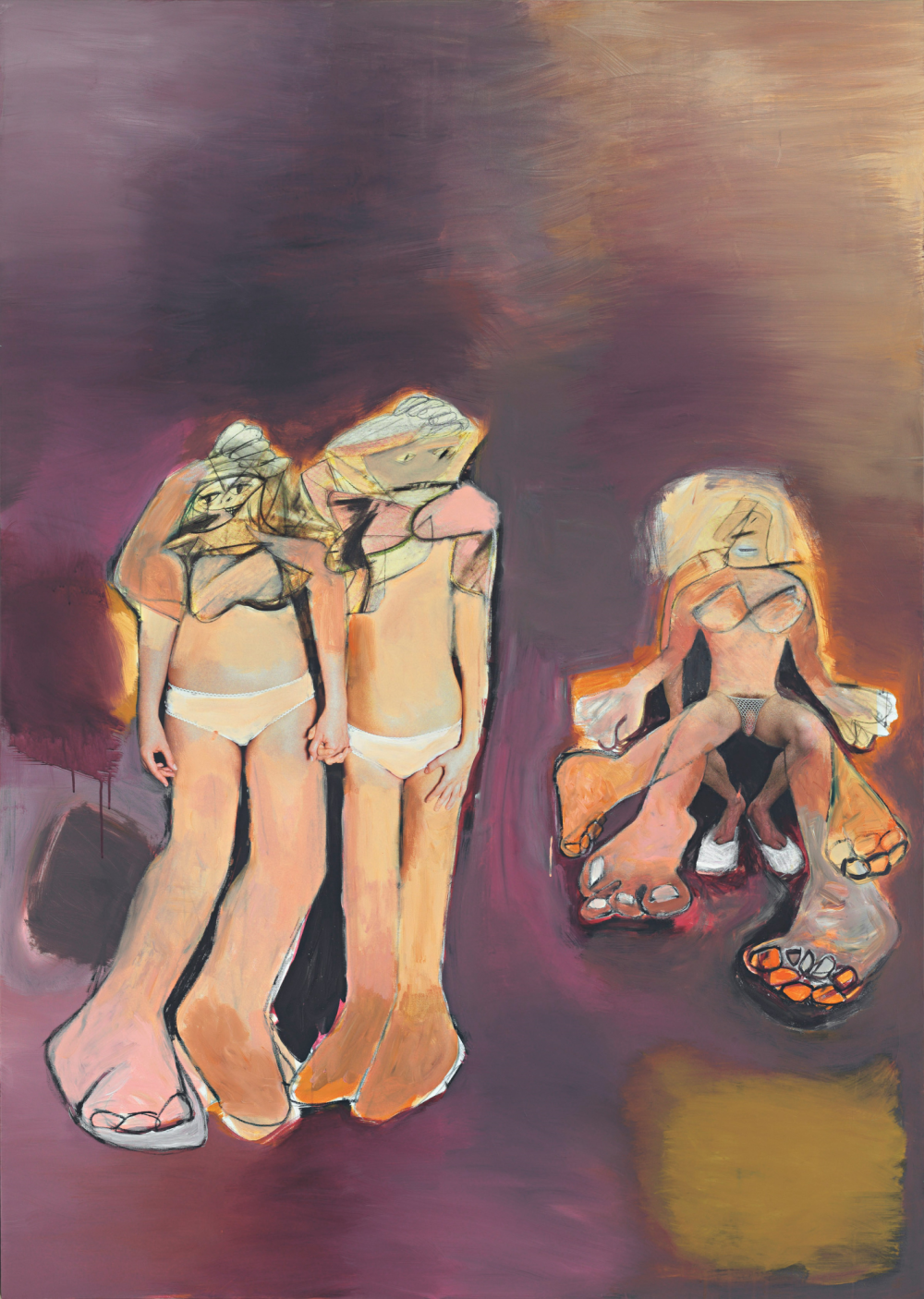
Richard Prince
Untitled (de Kooning), 2007
In 2011, Richard Prince executed one of his most straightforward yet daring works: an appropriation of J.D. Salinger’s The Catcher in the Rye. The result was identical to the original first edition of the novel in almost every way, save for Prince’s name in the place of Salinger’s. Produced with exceptional care to detail, the book’s paper stock and typeface even match the original. Aside from Prince’s name on the publisher page, the text of the book was left completely unchanged. Prince sold the books at Central Park for a mere forty dollars, which no doubt seemed overpriced to many a high schooler looking for a copy of their summer reading, though a copy signed by Prince sold for several thousand.

Richard Prince
The Catcher in the Rye, 2011
Richard Prince’s The Catcher in the Rye perfectly combines his work with his enthusiasm for American literature. The “phony” copy cheekily exemplifies the type of work Prince does. Anything can be a work of art when given intention, even a 60-year old novel. It is clear from Prince’s extensive collection that he is not mocking these works, but appreciating them by elevating them in his own way, combining low and high art to prove that maybe there is no distinction between them.
